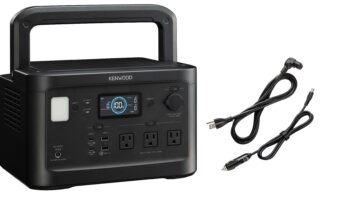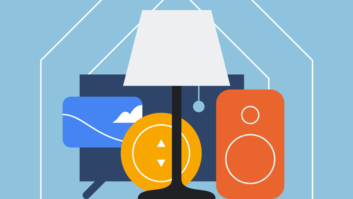Westlake Village, Calif. – Overall satisfaction
among smartphone and traditional handset owners whose phones are equipped with
touchscreens is considerably higher than satisfaction of owners of phones that
have other input mechanisms, according to the J.D. Power and
Associates.
In its 2010 U.S. Wireless Smartphone Customer
Satisfaction Study-Volume 1 and the 2010 U.S. Wireless Traditional Mobile Phone
Satisfaction Study-Volume 1 released today, among smartphone owners whose device
has a touchscreen, satisfaction averages 771 on a 1,000-point scale, nearly 40
index points higher than among those whose smartphone uses other input methods,
such as a text keyboard.
Currently, slightly more than one-half of owners
indicate their smartphone has a touchscreen for navigation. While not as readily
available on traditional mobile phones, satisfaction on phones with a
touchscreen averages 756 — 53 index points higher than the industry
average.
“Touchscreens are ideal for those using their phone
for entertainment, as the displays are generally larger and provide a richer
viewing experience,” said Kirk Parsons, wireless services senior director at
J.D. Power and Associates. “It is critical, however, that manufacturers meet
expectations with regard to providing adequate battery life, as these large
displays can drain batteries very quickly. In addition, for customers to have a
truly rewarding experience, wireless carriers must continue to provide
problem-free, high-speed downloads, as customers rely on them to deliver content
quickly and on the go.”
These two studies measure
customer satisfaction with traditional wireless handsets
and
across several key factors. In order of
importance, the key factors of overall satisfaction with traditional wireless
handsets are operation (30 percent), physical design (30 percent), features (20
percent) and battery function (20 percent).
For smartphones, the key factors are ease of operation
(26 percent), operating system (24 percent), physical design (23 percent),
features (19 percent) and battery function (8 percent).
Apple ranks highest in customer satisfaction among
manufacturers of smartphones, with a score of 810, and performs particularly
well in ease of operation, operating system, features and physical design. RIM
BlackBerry (741) follows Apple in the rankings.
LG ranks highest in overall wireless customer
satisfaction with traditional handsets, with a score of 729, and performs well
in all five factors, particularly physical design, features and operation. Sanyo
(712) and Samsung (703) follow LG in the rankings.
The study finds that both smartphone and traditional
handset owners are increasingly using their phones for entertainment and sharing
media with friends, family and members of their social network. Among
traditional handset owners, 25 percent indicate they frequently send and receive
multimedia and picture messages, an increase of 25 percent from just six months
ago. Smartphone users are nearly twice as likely to share multimedia messages.
In addition, nearly one-fifth (17 percent) of
smartphone owners with touchscreen-equipped handsets indicate they frequently
download and watch video content on their device, which is significantly higher
than the segment average.
The studies also find the following key wireless
handset usage patterns:
* GPS capabilities are a desired feature among both
traditional mobile phone and smartphone users. More than one-third (35 percent)
of traditional mobile phone owners said they want GPS features on their next
handset purchase, while 15 percent of smartphone owners said they want GPS.
* Younger users continue to be more satisfied with
their handset regardless of whether it is a traditional mobile phone or a
smartphone. Satisfaction among traditional mobile phone users 18 years old to 24
years old is 35 index points higher than the segment average, while satisfaction
among smartphone users within the same age range is 18 index points above the
segment average.
* Mobile applications continue to enhance the
smartphone user experience. Sixty percent said they download third-party games
for entertainment, while 46 percent said they download travel software, such as
maps and weather applications. Thirty-one percent said they download utility
applications, while 26 percent said they download business-specific programs,
indicating that smartphone owners are continuing to integrate their device usage
into both their business and personal lives.
The study surveyed 13,590 traditional mobile phone and
4,480 smartphone owners who have used their current mobile phone for less than
two years. The studies were fielded between July and December 2009.










